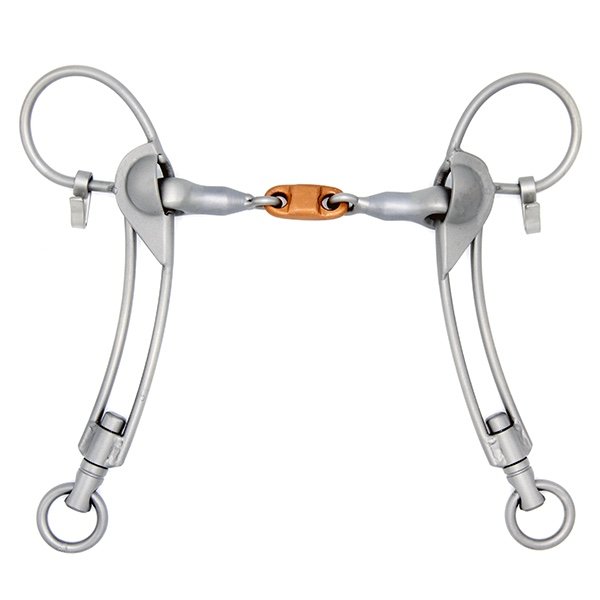 Image 1 of 7
Image 1 of 7

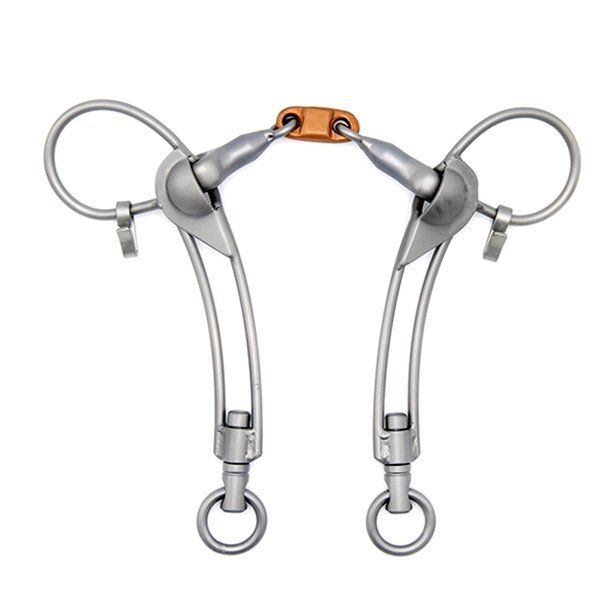 Image 2 of 7
Image 2 of 7

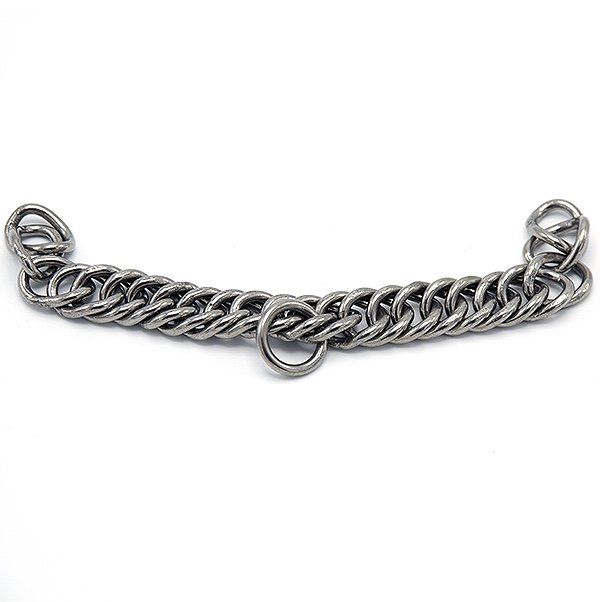 Image 3 of 7
Image 3 of 7

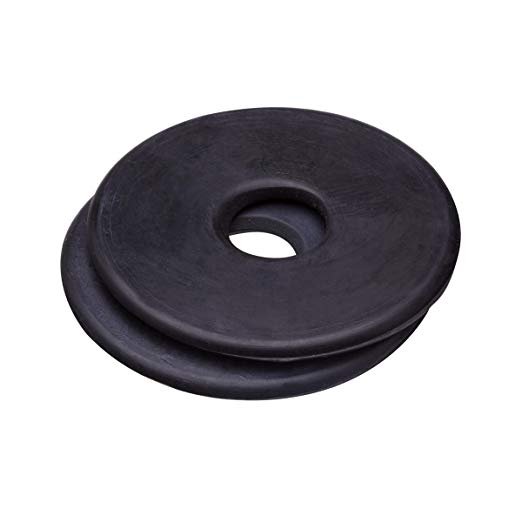 Image 4 of 7
Image 4 of 7

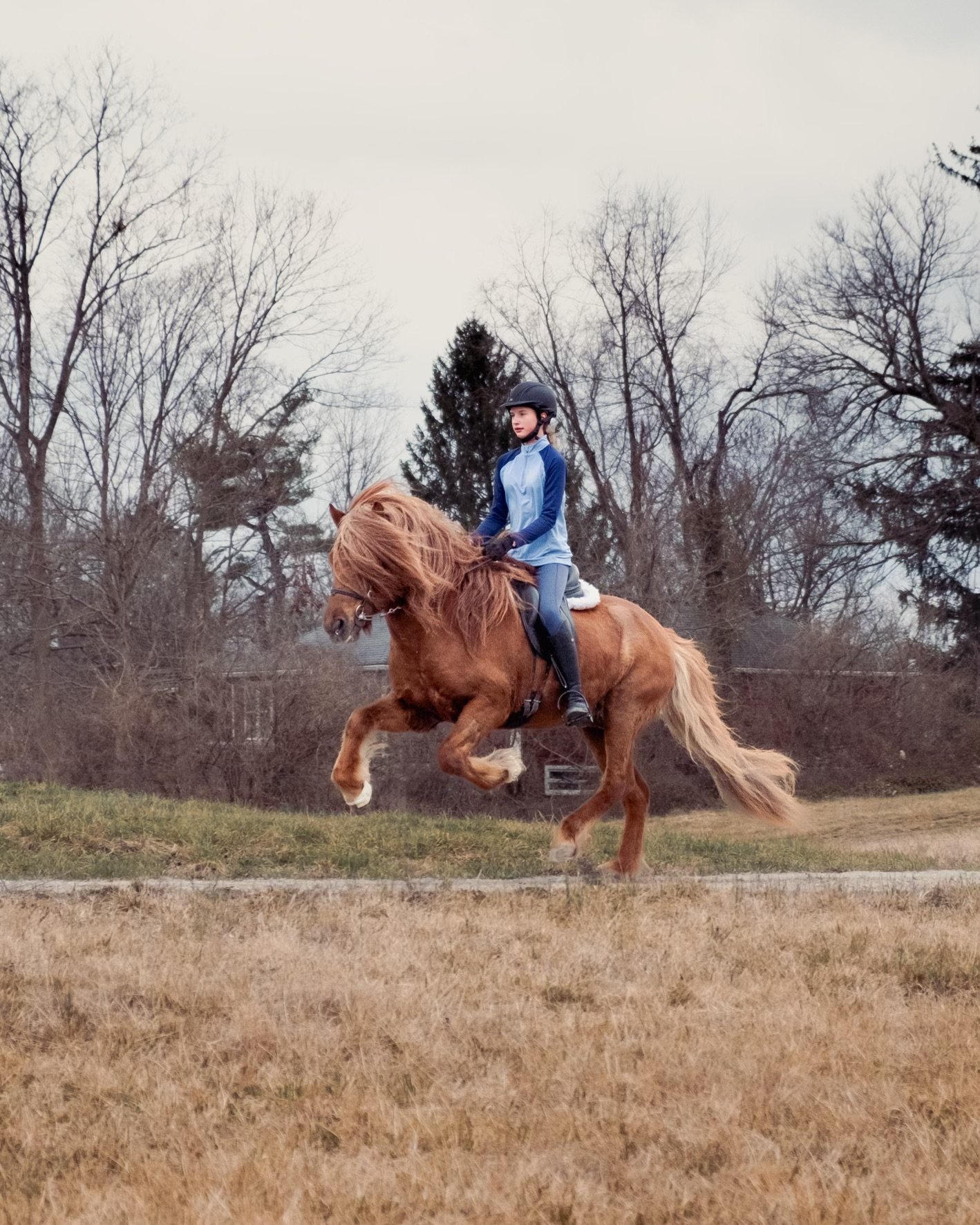 Image 5 of 7
Image 5 of 7

 Image 6 of 7
Image 6 of 7

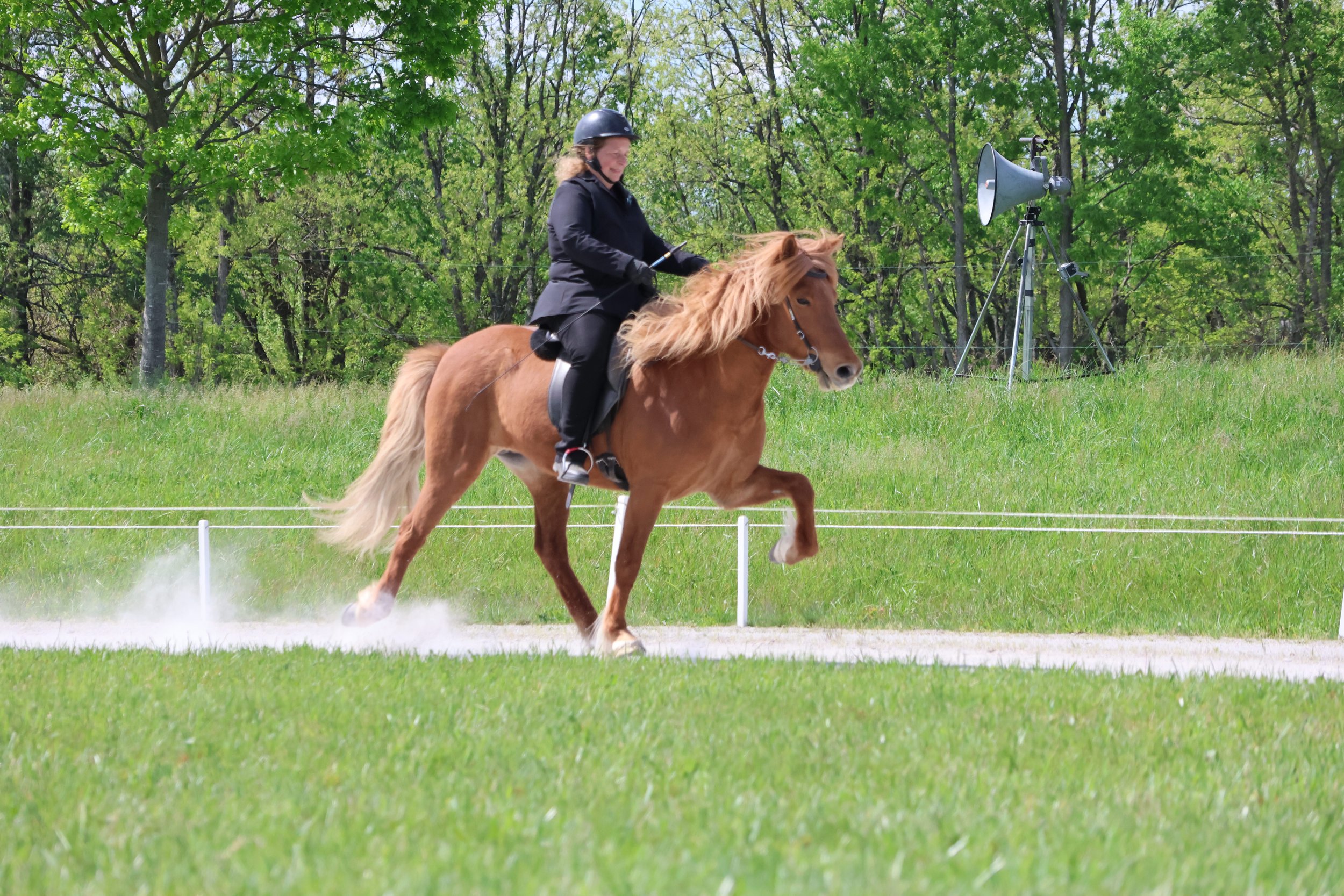 Image 7 of 7
Image 7 of 7








Icelandic Pearl Stangir
By ÁSTUND
Why we love it…
When it comes to Icelandic stangir bits or shank bits this is the only one we will use here at Taktur. Through the years we have experimented with a variety of Icelandic bits, but none of them meet the quality of craftsmanship and design like the Icelandic Pearl Stangir from Ástund. Unless you are lucky enough to own an original handmade Icelandic stangir. This is just one of many reasons this bit is worth the price tag.
The Icelandic Pearl Stangir is handmade. Every joint in the bit is designed so that they move smoothly without any hitches. We believe that this is one of the primary contributing factors to why the horses just “FEEL” different when ridden in the Pearl Stangir. The feel is more supple and the horses actually seem comfortable in this bit.
Adjusting the chain on this bit is extremely important. The chain is not tightened like on a traditional American shank bit. In fact the chain should be so loose as to not come into contact with the horse until the shank forms a forty five degree angle with the bridle. Some people make the mistake of believing that a rider is misusing the stangir whenever the stangir shanks are up. The opposite is actually true. This bit can become extremely rough, when the chain is so tight that the shanks point down, despite contact with the riders hands. The reason we keep the shank so loose is that we want to be able to ride in connection with the horses mouth, without the chain playing a role in the contact. The idea is the chain should only play a role in the contact when pressure is applied beyond a basic connection with the horses mouth. In this way Icelanders have managed to create a dressage double bridle in a single bit. The Icelandic Pearl Stangir changes between being a snaffle and a shank bit depending on the chain tightness and level of connection with the horses mouth.
We use this bit in our competition and breeding evaluation horses only when their training has reached a high level. The stangir helps these horses reach their optimum performance by helping them into the correct form at high speeds and assisting in achieving higher levels of collection. Horses must have a solid competency in all the foundations of the training pyramid before they are ready for the Icelandic bit. We always begin by introducing the stangir through lots of bending and long and low exercises in the area. In training we use it most often to help address form and balance issues when practicing high level performance. When a horse is familiar and comfortable we often choose to show in the stangir. We have found it seems to help horses maintain form and balance especially when demanding peak performance.
The stangir bit only comes in one size. Included in the price is a chain and bit cards. The links are placed extremely close together on this chain. This makes the chain less harsh as it distributes pressure and is more flexible. It also allows for very precise adjustment of the stangir.
There is sometimes a wait list for this bit. Because they are handmade, it can sometimes take up to one year. We will update you on your order regularly.
Consider this…
This is a very powerful tool that can help horses when put in the right hands. In the wrong hands this bit can cause pain and long term damage to a horses training. This bit should only be used by riders properly trained in how to fit it to the horse. They should understand how to introduce it to the horse and use it with good timing and feel. This bit is NOT FOR CONTROL. Many people assume incorrectly that the stangir is designed to assist in controlling heavy horses that will not slow. It is our experience at Taktur that this is both wrong and just plain not true. If your horse cannot respond to basic signals such as a request to slow down, then their training has not reached a stage where they are ready for this bit. It has been our experience that when a horse runs away or leans on the stangir it is actually MORE difficult to stop them. In that situation, they tend to curl under the bit and the shank bit makes bending for control much more difficult.
By ÁSTUND
Why we love it…
When it comes to Icelandic stangir bits or shank bits this is the only one we will use here at Taktur. Through the years we have experimented with a variety of Icelandic bits, but none of them meet the quality of craftsmanship and design like the Icelandic Pearl Stangir from Ástund. Unless you are lucky enough to own an original handmade Icelandic stangir. This is just one of many reasons this bit is worth the price tag.
The Icelandic Pearl Stangir is handmade. Every joint in the bit is designed so that they move smoothly without any hitches. We believe that this is one of the primary contributing factors to why the horses just “FEEL” different when ridden in the Pearl Stangir. The feel is more supple and the horses actually seem comfortable in this bit.
Adjusting the chain on this bit is extremely important. The chain is not tightened like on a traditional American shank bit. In fact the chain should be so loose as to not come into contact with the horse until the shank forms a forty five degree angle with the bridle. Some people make the mistake of believing that a rider is misusing the stangir whenever the stangir shanks are up. The opposite is actually true. This bit can become extremely rough, when the chain is so tight that the shanks point down, despite contact with the riders hands. The reason we keep the shank so loose is that we want to be able to ride in connection with the horses mouth, without the chain playing a role in the contact. The idea is the chain should only play a role in the contact when pressure is applied beyond a basic connection with the horses mouth. In this way Icelanders have managed to create a dressage double bridle in a single bit. The Icelandic Pearl Stangir changes between being a snaffle and a shank bit depending on the chain tightness and level of connection with the horses mouth.
We use this bit in our competition and breeding evaluation horses only when their training has reached a high level. The stangir helps these horses reach their optimum performance by helping them into the correct form at high speeds and assisting in achieving higher levels of collection. Horses must have a solid competency in all the foundations of the training pyramid before they are ready for the Icelandic bit. We always begin by introducing the stangir through lots of bending and long and low exercises in the area. In training we use it most often to help address form and balance issues when practicing high level performance. When a horse is familiar and comfortable we often choose to show in the stangir. We have found it seems to help horses maintain form and balance especially when demanding peak performance.
The stangir bit only comes in one size. Included in the price is a chain and bit cards. The links are placed extremely close together on this chain. This makes the chain less harsh as it distributes pressure and is more flexible. It also allows for very precise adjustment of the stangir.
There is sometimes a wait list for this bit. Because they are handmade, it can sometimes take up to one year. We will update you on your order regularly.
Consider this…
This is a very powerful tool that can help horses when put in the right hands. In the wrong hands this bit can cause pain and long term damage to a horses training. This bit should only be used by riders properly trained in how to fit it to the horse. They should understand how to introduce it to the horse and use it with good timing and feel. This bit is NOT FOR CONTROL. Many people assume incorrectly that the stangir is designed to assist in controlling heavy horses that will not slow. It is our experience at Taktur that this is both wrong and just plain not true. If your horse cannot respond to basic signals such as a request to slow down, then their training has not reached a stage where they are ready for this bit. It has been our experience that when a horse runs away or leans on the stangir it is actually MORE difficult to stop them. In that situation, they tend to curl under the bit and the shank bit makes bending for control much more difficult.
